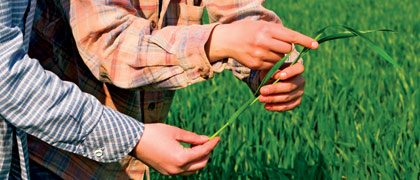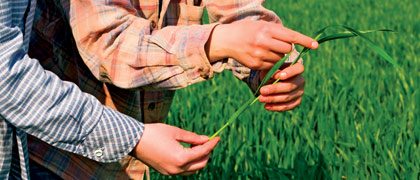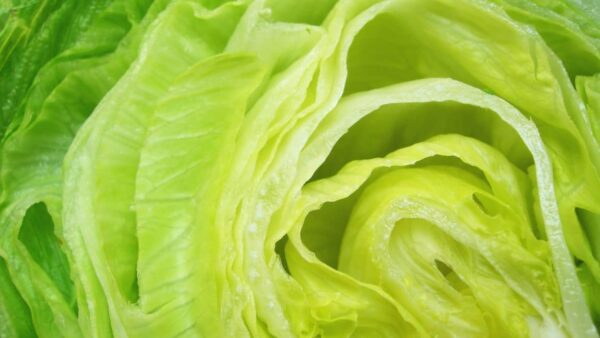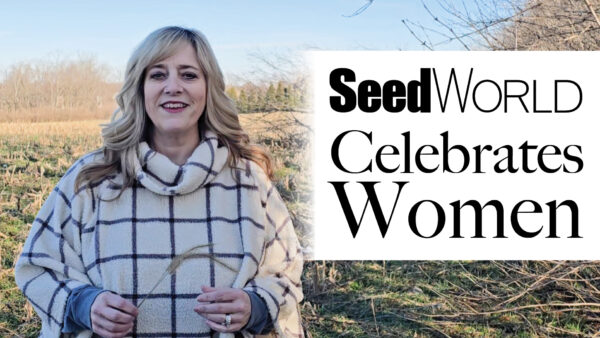In the Driver’s Seat: Successful Product Positioning Depends on Seed Sellers
It’s the million-dollar question — with double, triple and quadruple trait stacks becoming the norm industry wide, how do seed companies get the right seed, in the right place, at the right time? Seed sellers must lead product positioning discussions.
Seed positioning is one of the top five factors to producing a top crop, says Rod Osthus, president of R.C. Thomas Company, a seed sales training and consulting firm. However, it can be tricky in today’s rapidly-evolving marketplace. It wasn’t many years ago that newly-released varieties remained on the market 15 years or longer. Today, new technology-integrated varieties are on the market an average of three years or less, according to Osthus. In fact, Osthus says they are being released so fast that there is no longer time for farmers to do what they have always done, try or test varieties before planting them on their farms.
“In general, seed companies have dropped the ball, not only when it comes to helping farmers make decisions on which varieties and technologies to use on their farms, but more importantly, where to plant them,” he says. “They are still putting the responsibility for those decisions on customers, even though in today’s marketplace, there is no way customers have the information they need to make those key decisions.”
Being Seed Leaders
Osthus says the problem is not just the rate of product releases and brief availability. “The problem is that seed companies have continued to let growers believe they can still make their own product selections. They haven’t put themselves into a leadership position so that customers realize their lack of ability and they start making those decisions for them,” says Osthus. “Sales reps have all of the information on products and farmers have none. Why, then, is anyone except the salesperson deciding what each farmer should be buying and in which fields those varieties should be planted?”
Seed companies have taken on the role of the car salesman when it comes to working with farmers, says Osthus. “They must meet with a farmer, interview him about his needs, shoot him a price and then let him make the decision,” he says. And according to Osthus, the “interview” step is critical for getting the right seed in the right place.
Stephen Denys, vice-president of sales and marketing for Pride Seeds, agrees that proper seed positioning is the responsibility of the seed dealer.
“For most companies, it starts with dealer training to ensure selling dealers are positioning the right hybrids and trait combinations with their customers,” he says. “Dealers, for the most part, know their customers’ operations and needs, and so can narrow down the choices quite quickly in terms of what has a fit for specific producers. This can also occur with meetings between company agronomists with the seed dealer and their customer. Once the recommendations are accepted, the producer will place an order.”
But the responsibility does not end there. “From seed harvest in September and October through to March, seed companies are processing and packaging hybrids for shipment to their dealers,” he says. “One of the key reasons why seed companies are focusing on early order programs, and wanting growers to place orders prior to Christmas and even prior to harvest, is to create efficiency in the logistics process given the number of hybrids that have to be processed. With recent technology introductions including refuge-in-the-bag corn, requiring two hybrids packaged at the same time, the need for advance planning has become even more critical.”
Know Your Customer’s Needs
Every farm is unique, every field is different and every farmer has his or her own style of management. “The days of selling the same variety to 20 farmers and allowing them to treat the variety like they want to treat it are over,” says Osthus.
Sitting down with a farmer and developing a cropping plan not only aids in variety selection, says Osthus, but it ensures proper product placement. “Seventy-five per cent of all varieties never reach their full genetic potential on farms because they are planted in the wrong fields. How many seed sellers today follow the first rule to success prior to selling a farmer seed — looking at the fields first? It’s all about having a field-by-field cropping plan for each customer,” Osthus explains. “Every farmer needs one, but few have one because many seed company sales reps just ask the grower what he wants to do, then writes the order.”
Osthus compares a field-by-field cropping plan to a doctor’s chart. “The doctor recommends the treatment and then places it on a chart for the patient to follow. The patient does not deviate from the plan without permission of the doctor. The cropping plan works exactly the same way,” he explains.
Denys says his company, which represents multiple trait suppliers, is well aware that proper seed positioning comes down to figuring out a farmer’s, or field’s, specific needs. He says this involves first matching the strongest genetics to the field or farm, then selecting the insect and weed control measures.
“Producers need to look at their own operations and look at what their production goals are for their farm — match up varieties to specific soil types, field rotations and then insect control needs,” he says. “Start with genetics that have a fit for performance then look at the trait combinations available for the genetics of choice.”
Denys says seed companies have to provide growers with the differences in genetic performance by soil type so that they can better match the genetics they are purchasing to the soil types on their farms.
“This may also lead to population considerations and changing the preferred planting population by soil type to better utilize different parts of the field,” explains Denys. “We are not long from the day when producers will be able to plant multiple hybrids in the same field, not by row, but by soil type. This advancement area not only has huge implications on field planning, but also how we test hybrids as a seed industry going forward.”
“Companies need to stop training their sales people to be agronomists and start training them to be seed sellers.”
– Rod Osthus
Know Your Products
Beyond knowing what their customers need, seed companies also need to know what products are out there. And that can be tricky with the rapidly-evolving trait stack mixes.
“Today we are positioning not only genetics, but also a variety of trait package options at the same time. This means not only the producer, but also the seed dealer and seed company representative have to be well informed and trained on what has a fit for every field,” says Denys. “For the producer there can be a great deal of noise as they are contacted by multiple companies offering multiple genetics and multiple trait combinations. It becomes a lot to sort through.”
Osthus says companies must keep it simple when it comes to training staff on what products are available. “Companies need to stop training their sales people to be agronomists and start training them to be seed sellers,” he says. “Companies are trying to train their sales reps on too many things. It is impossible for reps to become experts in genetics, technologies, agronomy, entomology, crop protection, fertility and so on.”
Reacting to Weather
Many producers use the past season as a guide for planning the next one, but that isn’t the best policy for growers who want to get the most from each acre. Instead, it’s best to help growers plan for next year by telling them to look at long-term weather trends.
“For the most part, weather only plays a role when planting is delayed considerably, forcing producers to switch to earlier maturing hybrids that can better utilize the remaining growing season,” says Denys. “Field drainage, though, can play a role in what maturity hybrid is grown. Fast-drying fields in the spring can be planted first and longer-day hybrids can be used. Slow draining fields that are planted last may be better candidates for an early-day hybrid.”
Osthus says the onus for correct seed placement after a bad weather year comes back to the seed seller: “It is important to remember that regardless of weather conditions, varieties must first be placed in their proper fields and treated properly for those field conditions.”
Julie McNabb












